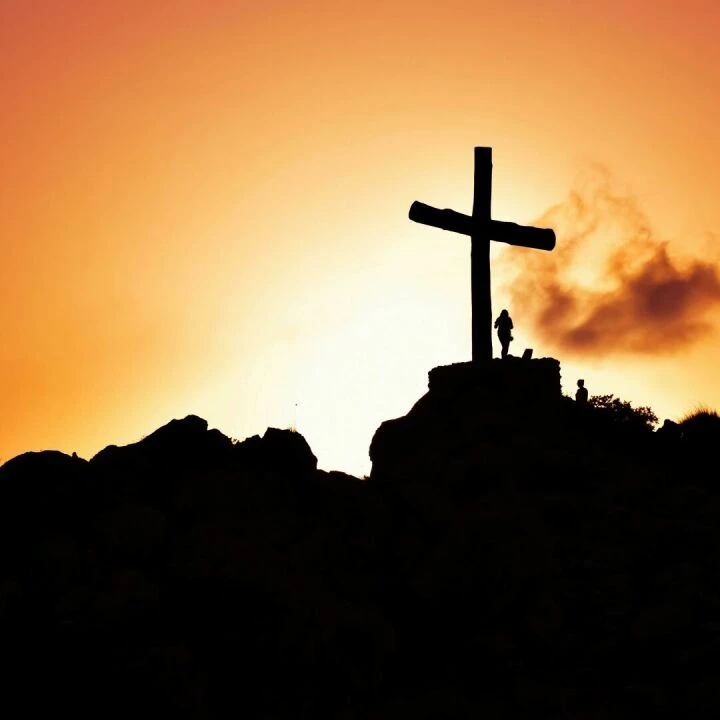Welcome to Thames Valley Methodist Circuit
In our circuit we strive to live out our shared values, empowering individuals to deepen their faith and serve their communities in the Thames Valley. We invite you to join us on this journey of spiritual growth and community engagement.
Welcome to Thames Valley Methodist Circuit
In our circuit we strive to live out our shared values, empowering individuals to deepen their faith and serve their communities in the Thames Valley. We invite you to join us on this journey of spiritual growth and community engagement.
Welcome to Thames Valley Methodist Circuit
In our circuit we strive to live out our shared values, empowering individuals to deepen their faith and serve their communities in the Thames Valley. We invite you to join us on this journey of spiritual growth and community engagement.
Welcome to Thames Valley Methodist Circuit
In our circuit we strive to live out our shared values, empowering individuals to deepen their faith and serve their communities in the Thames Valley. We invite you to join us on this journey of spiritual growth and community engagement.
Welcome to the Thames Valley Methodist Circuit – a community of faith, worship, and service spanning the heart of the Thames Valley. Rooted in the Methodist tradition, we are a diverse and welcoming network of churches committed to sharing God's love, fostering spiritual growth, and supporting our local communities. Whether you're seeking a place of worship, looking to connect with others, or exploring faith for the first time, we invite you to journey with us.





